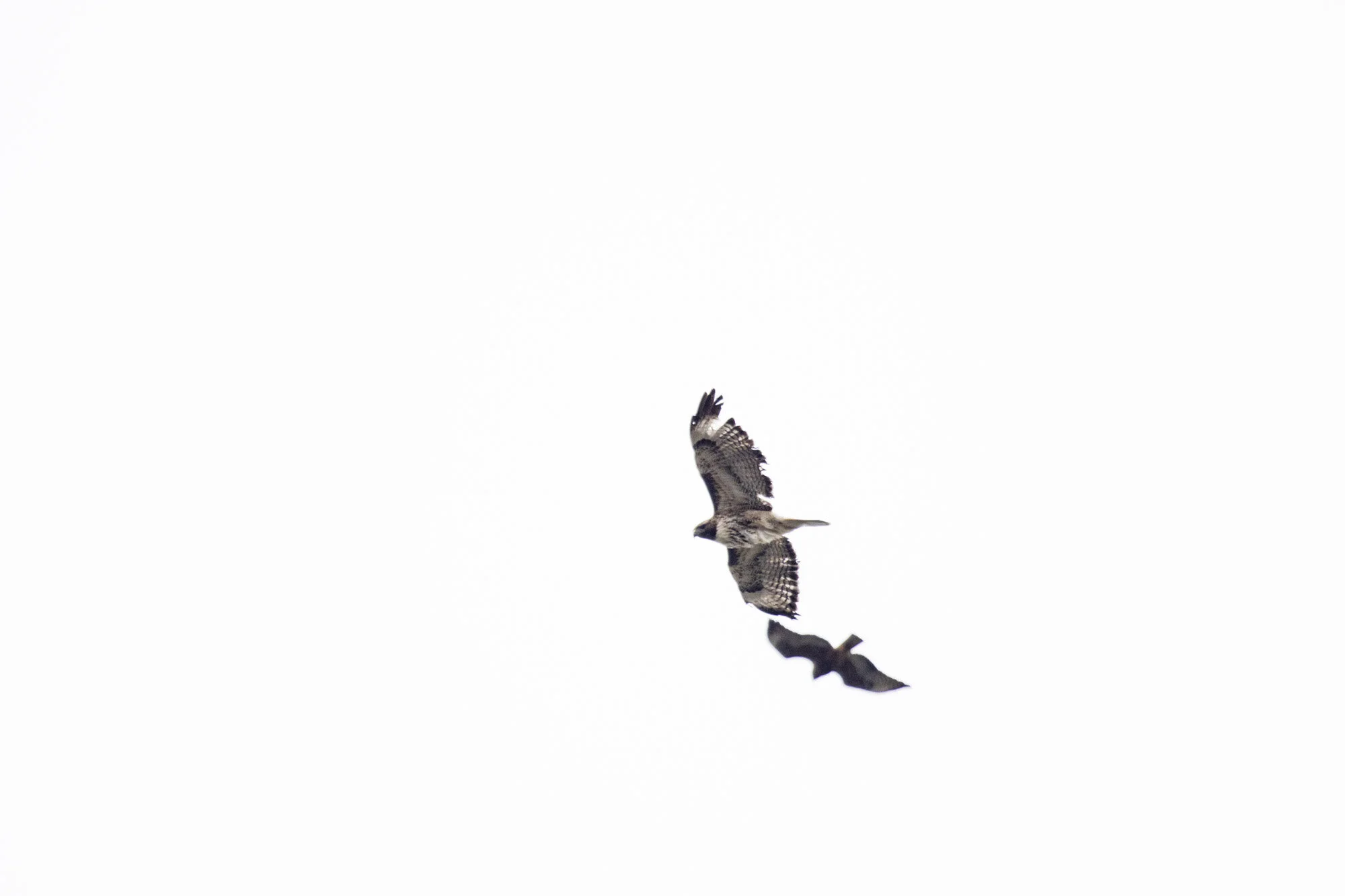
A Bullock's Oriole constructing its pendulous nest in an aspen tree.

Colonial nesting cliff swallows under a bridge in central Idaho.

Cliff swallows collecting mud for nests. Columbia National Wildlife Area, Washington.

Osprey pair building a nest on top of a dead snag.

Osprey nest on top of a dead snag.

A Bushtit bringing a bit of lichen during the construction of a nest.

The large nest constucted by bushtits often requires the help of additional birds besides the mated pair.

Cactus wren nest in the Sonoran desert.

Pileated woodpecker nest cavity constructed in an old growth snag in the temperate rainforest.

A pileated woodpecker peers out from the nest cavity it is constructing in an aspen tree.

Colonial nestng Great blue herons.

The cryptic coloration of this Common nighthawk allows it to blend in with the ground as it sits on its eggs which are layed in a shallow depression on the ground. Eggs are laid on the ground without the construction of a nest. Salmon River Mountains, Idaho.

A Virginia Rail nest secreted away in a dense tule swamp.

A single egg in the floating nest of a Pied-billed grebe on a wetland in the Columbia River Basin.

Canada geese, like many ducks and geese, use their own down to line and insulate their nest during incubation.

Barn swallow nest lined with feathers.

An old hummingbird nest.

Bald eagle incubating eggs.

A mated pair of Red-tailed hawks perform a courtship flight.

A Red-tailed hawk nestling yawns in the afternoon from its perch in a cottonwood tree.

A young Great-horned owl looks on while its parent and sibling sleep the d ay away.

Varied thrush nestlings in their tree-top nest about 40 feet above the ground.

A male pygmy owl waits with a meal for his mate in a close by nest.

White-headed woodpeckers use large dead snags, typically of Ponderosa pines, to nest in. Logging of these forests has threatened this unique species of woodpecker.

Young Cedar waxwings beg for food.

Parent Cedar waxwings regurgitate berries to feed nestlings.



























